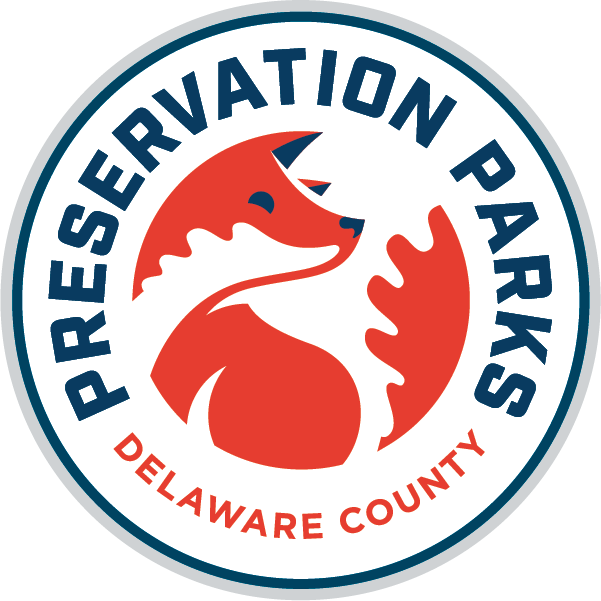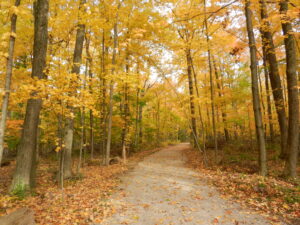By Robin Mayes, Farm Educator
I sprinkle them on my salads, soak them in water for use as an egg substitute in vegan recipes and grind them into flour. I use LOTS of flax seeds! They are versatile and considered by many to be a “superfood” due to their high dietary fiber, omega-3 oils and anti-carcinogenic lignans. But long before its recently “discovered” nutritional benefits, products from the flax plant (Linum usitatissimum) were highly valued. It has been an important plant for a variety of uses.
For industrial use, the seeds are pressed to create linseed oil – a preservative for wood and concrete and as an ingredient in paints, varnishes, inks and soaps. Due to its polymer-forming properties, it can be used on its own or blended with combinations of other oils, resins or solvents.
But it is the flax plant as a fiber that really intrigues me. Linen has long been considered a high-quality fabric. Its creation is a lengthy process that involves steps like retting, rippling and scutching. Early pioneers wore pants made of “linsey-woolsey” a combination of linen warp and wool weft. In the early part of the 20th century, “linoleum” was designed with jute backing and solidified linseed oil. It is now making a comeback as a “green” alternative to vinyl flooring.
Every year, ‘oil-cloth’ was an item on my back-to-school list. Purchased at the local 5-and-Dime, it was canvas-like fabric that had been treated with linseed oil to be waterproof and was similar to today’s vinyl tablecloth. We would use it to protect our desks when we rolled out our modeling clay or used finger paints.
Mom also kept a few flax seeds in the medicine chest. If you were unfortunate enough to get a foreign object in your eye, putting a flaxseed in your eye would attract the object and then both could be removed. That never seemed like a great solution to me!
Flax is even a part of Delaware County history. Many farmers here were growing it in the mid-1800s. The large stone building at the corner of Lake and Winter streets was a flaxseed pressing mill. That is also why we have Flax Street on the east side near the Olentangy River.
Whether it is grown for the seed or the fiber, flax plants are a beautiful addition to the garden. The sky-blue flowers are a welcome sight on summer mornings before the breeze dislodges the petals. I have never seen an entire field of flax but I imagine it could be breathtaking! I often contemplate that and thank the farmers who grow it as I munch on my flaxseed crackers.
For more information on growing flax visit https://www.gardeningknowhow.com/ornamental/flowers/flax/flax-plant-care.htm






